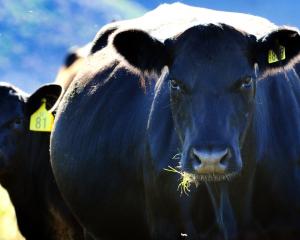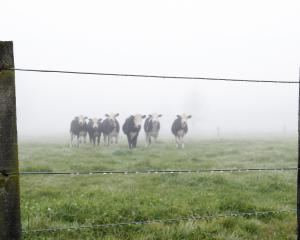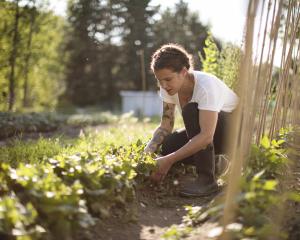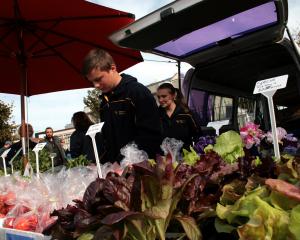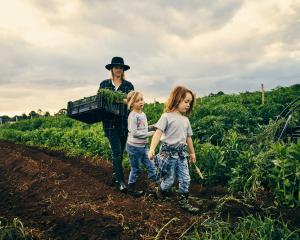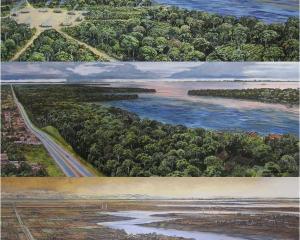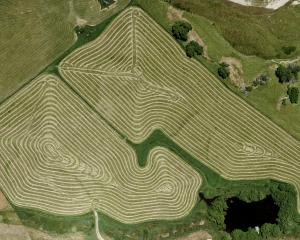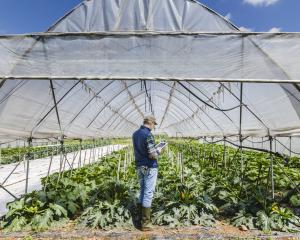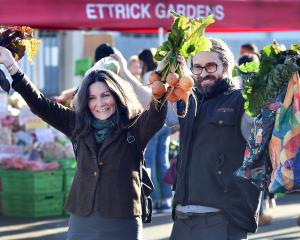
The cost of change might be lighter if borne by all, Sean Connelly writes.
All things being equal, I suspect that most people would choose locally produced food over food produced elsewhere. Of course, all things aren't equal and the reasons that we don't consume more local food are varied, including assumptions we make about convenience, cost, seasonality, variety and access.

Raising awareness about local food options and challenging assumptions about how we think about food are critical.
Understanding all of the trade-offs, costs, benefits and impacts of our food choices, regardless if they are local or global in nature are necessary to challenge our assumptions of what food is and what more local food could be.
As a vegetable farmer once told me, if consumers really want a more resilient food system, they need to be willing to accept that food is not a standardised product such as toilet paper. It does not roll off an assembly line. It will come in different shapes, sizes and tastes and at different times of the year. In short, consumers should be willing to accept a degree of uncertainty about the food we consume.
Beyond consumer awareness about local food options, there are also issues of availability. Is there sufficient local food production to meet demand? How could we increase local food production?
The Otago Food Economy report (www.otagofood.org) suggests the potential for much more local food production exists, but there are considerable barriers to shifting towards a more local food system. On a per capita basis, we have more productive agricultural land than is required to meet our needs.
However, the majority of that production is oriented around dairy and red meat for export. For these producers, there is considerable certainty in the existing conventional food system: they know their market, have access to the infrastructure that gets their products from the field to plates and have a good idea of the potential return on their efforts.
Unlike consumers, who can shift to more local consumption and easily switch back if it doesn't work, a shift for producers places their livelihoods at risk. While the status quo may not be working as well as they like, at least the shortcomings are expected and understood.
So who bears the risk of shifting what food is grown where, how and for whom? In many ways it is like trying to resolve what came first, the chicken or the egg. Farmers are reluctant to increase local food production until they are certain demand exists, but it is equally hard to raise awareness about local food options unless there is sufficient supply.
Community Supported Agriculture (CSA) provides one means of resolving the tensions between local food supply and demand. CSAs provide a means to share the risks and benefits associated with food production more equally between consumers and producers by involving both in partnership.
Typically, shares in the harvest are sold in advance to members, providing producers with certainty of demand (and debt-free resources for the season) and members are allocated a share of what is grown, often in the form of a weekly or fortnightly food box throughout the season.
Relationships between consumers and producers also extend beyond the food-money transaction, as the seasonality of food production and impacts of variable weather are reflected in what is harvested and what ends up in a member's food box.
CSAs raise awareness about local food options and challenge our assumptions about food, while providing a higher degree of certainty and support to farmers who are unhappy with the social, economic and environmental outcomes of conventional food production.
Whether it is through CSAs or other methods, a more resilient food system requires both consumers and producers to think, grow and eat food differently.
Sean Connelly is a lecturer in the University of Otago department of geography.


